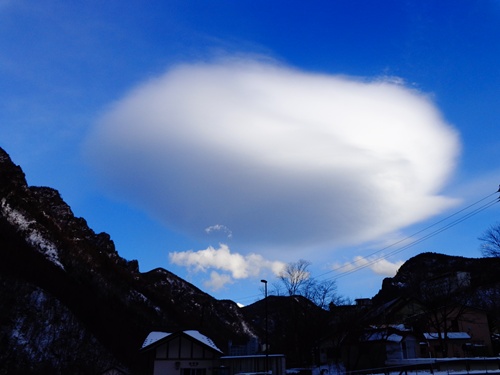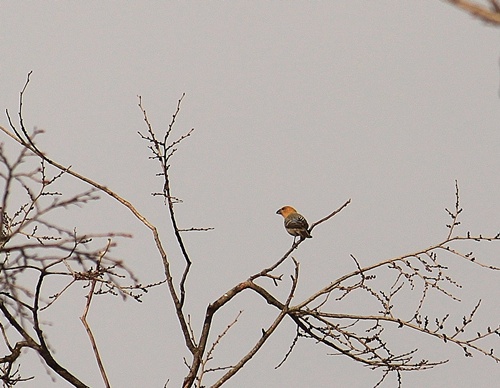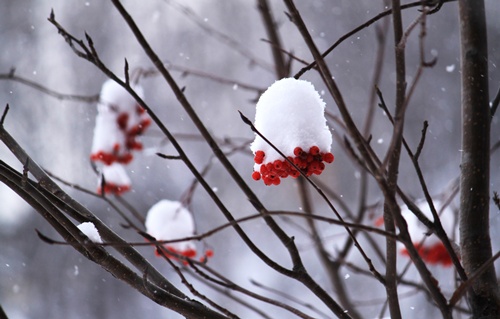Today a giant mass of a cloud appeared above the Sounkyo Gorge.
What kind of cloud was it?
Was it a “lenticular cloud” portending bad weather to come? Or was it a cumulonimbus cloud (thundercloud)?
Looking up today, a variety of clouds could be seen.
Cirrus clouds, cirrocumulus clouds, nimbostratus clouds, stratus clouds…
Days with such amazing changes in the sky are quite rare.
When climbing or doing other activities, it is sometimes possible to predict what the weather will do by looking at the type of clouds above.
I recommend that everyone develop an interest in the clouds; it could prove very useful.
Photo: A lenticular cloud? At Sounkyo Dec. 5
What kind of cloud was it?
Was it a “lenticular cloud” portending bad weather to come? Or was it a cumulonimbus cloud (thundercloud)?
Looking up today, a variety of clouds could be seen.
Cirrus clouds, cirrocumulus clouds, nimbostratus clouds, stratus clouds…
Days with such amazing changes in the sky are quite rare.
When climbing or doing other activities, it is sometimes possible to predict what the weather will do by looking at the type of clouds above.
I recommend that everyone develop an interest in the clouds; it could prove very useful.
Photo: A lenticular cloud? At Sounkyo Dec. 5



